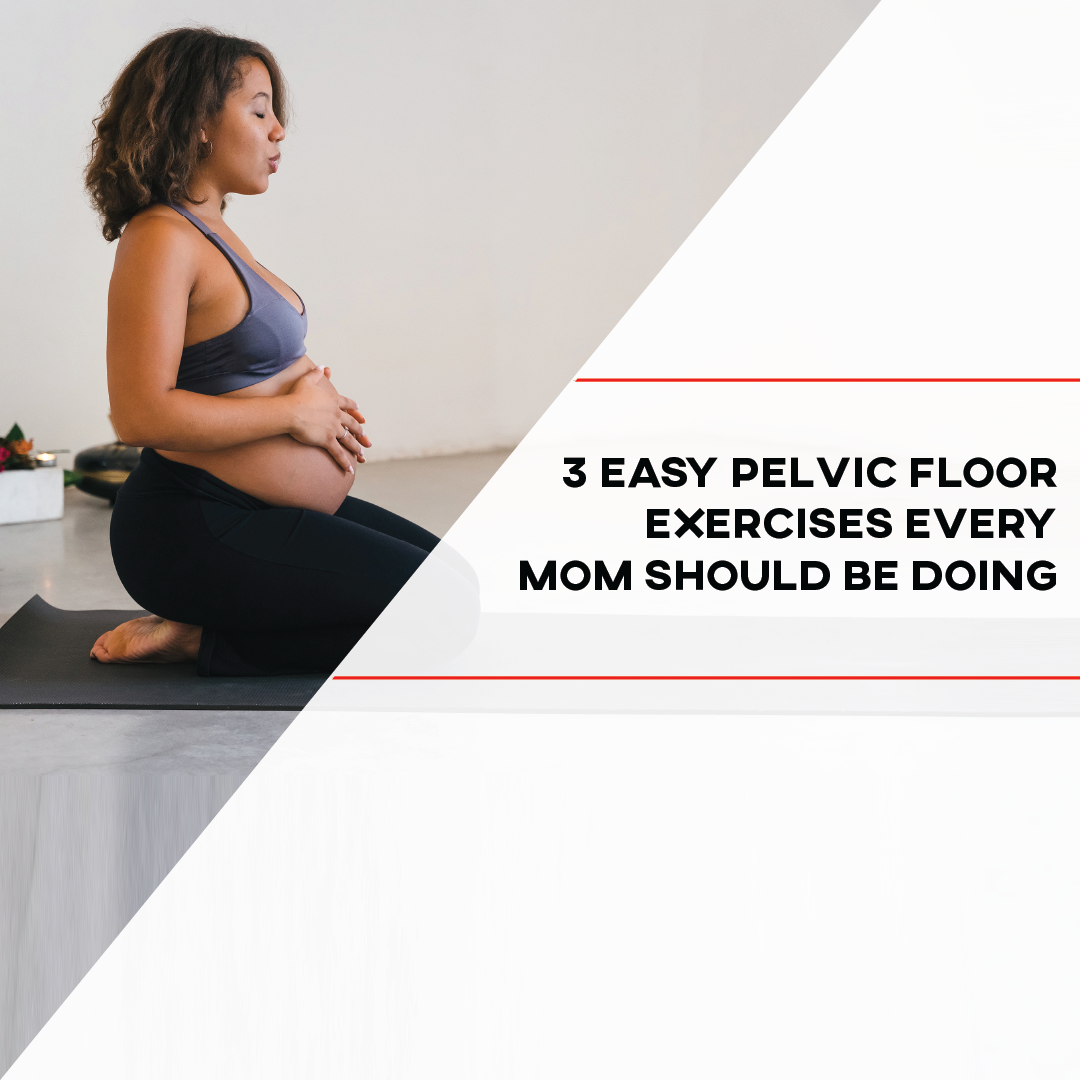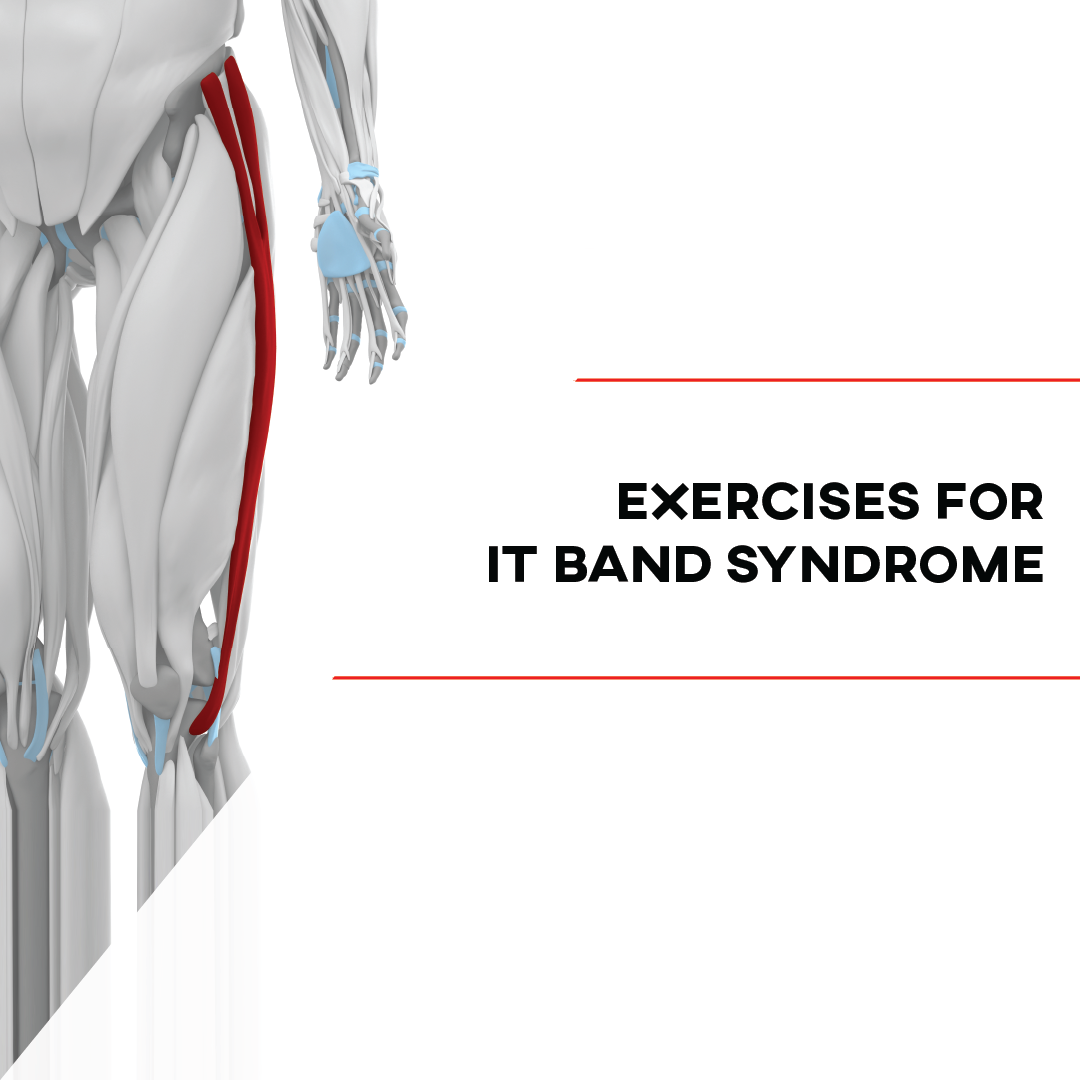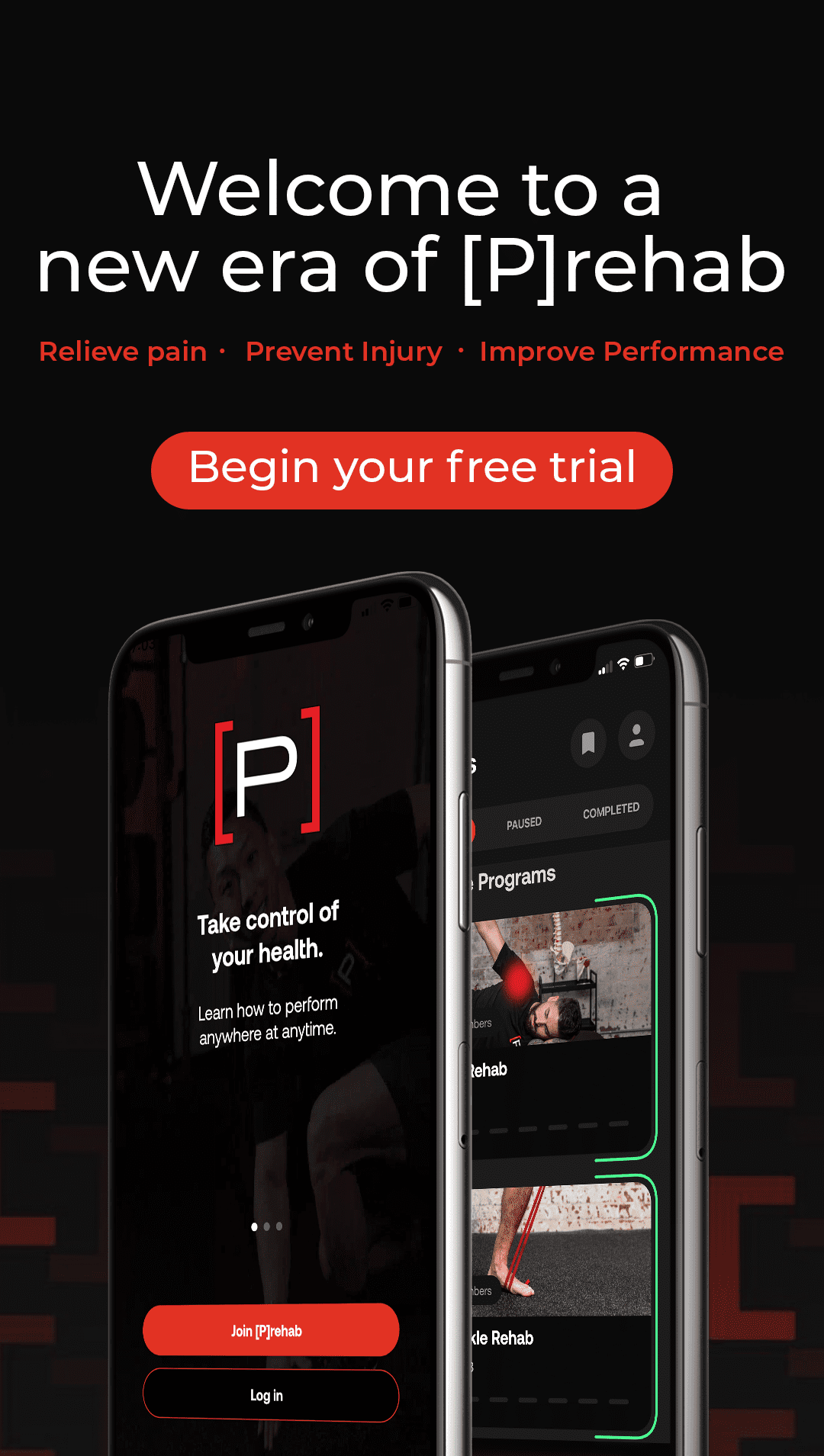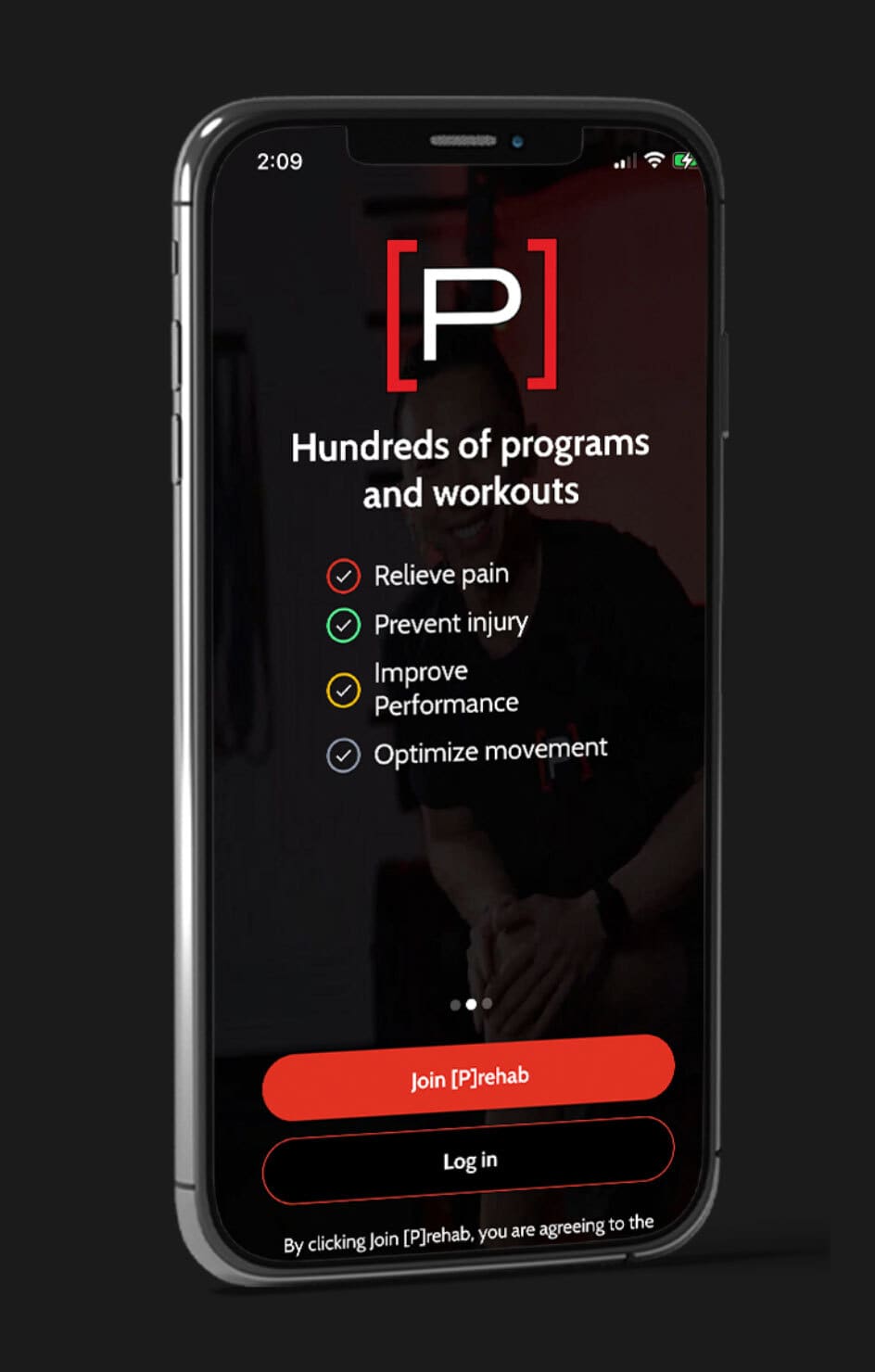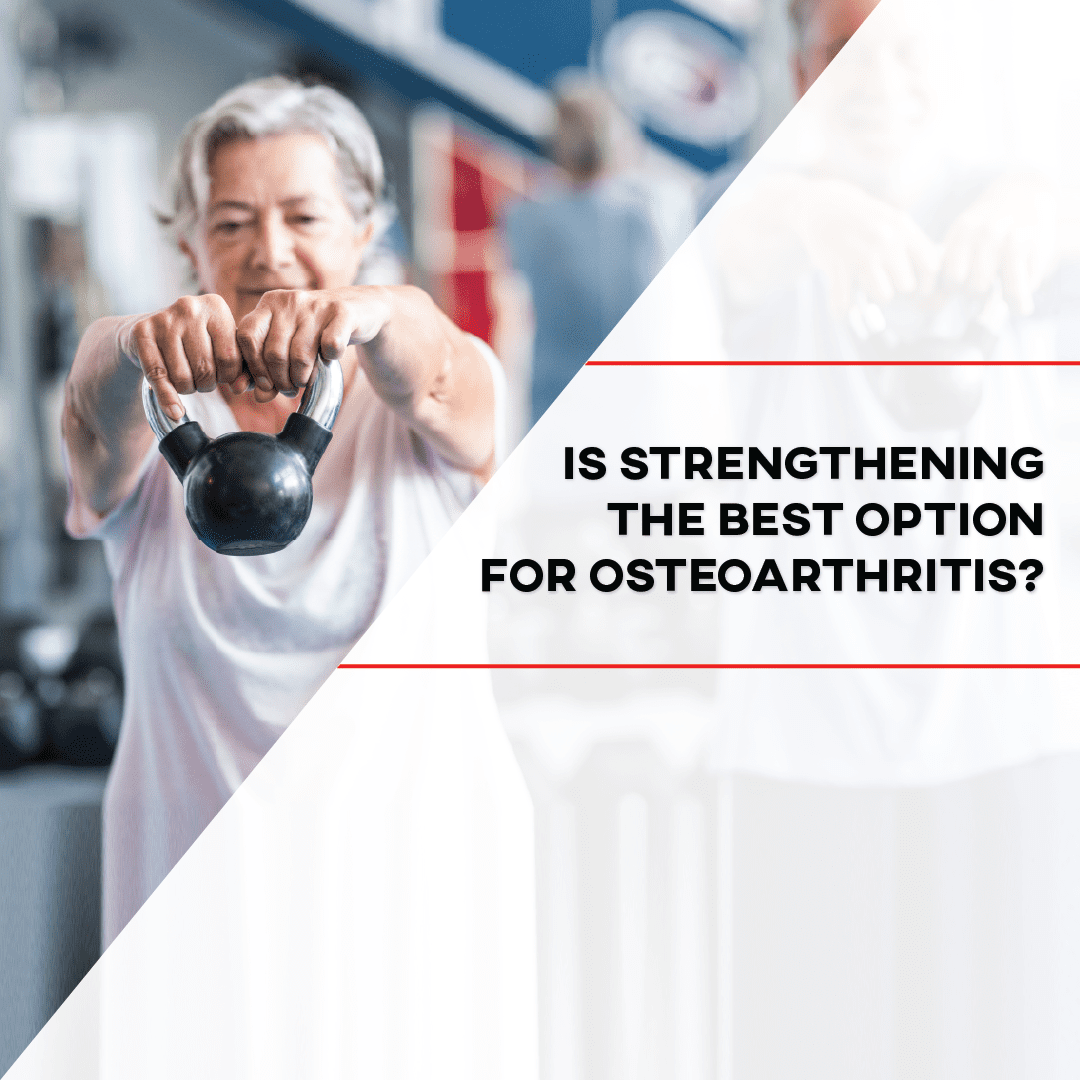
Osteoarthritis is a scary word. It can lead many active people to think they have to give up their lifestyle and hobbies because of the “wear and tear” it is causing on their knee or hip. For young active people who have had a surgery, particularly a knee surgery, doctors often emphasize a fear of early onset osteoarthritis that will lead you to get a knee replacement early in life. Unfortunately, this emphasis on preventing osteoarthritis all too often focuses on avoiding irritating activities rather than improving your ability to perform these activities without them becoming irritating. This article will explain what osteoarthritis is and walk you through some exercises for osteoarthritis but more importantly, why exercise is helpful rather than hurtful in our fight against this disease.
What is Osteoarthritis & What Joints Does it Affect?
Osteoarthritis is a wearing away of the protective layer of cartilage inside of your joint. It is most common in weightbearing joints like the knee and hip and is normal as we age.
Dealing with knee pain and aren’t sure where to start with tackling it? Check out some of our tips and tricks in the video above!
Your hip joint (femoroacetabular joint) is a ball-in-socket where the ball of your thigh (femur) fits into the socket of your pelvis (acetabulum). Both ball and socket are surrounded and protected by a smooth layer of hyaline cartilage. Your acetabulum also has an additional ring of cartilage called a labrum which helps to stabilize and support that hip joint.
Your knee joint (tibiofemoral joint) is made of your thigh bone (femur) and shin bone (tibia). These joints are further separated by your medial and lateral menisci, which serve as an additional layer of shock absorption and protection for your cartilage.
LEARN MORE ABOUT OUR KNEE REHAB PROGRAM
Looking to begin your journey to tackling that discomfort you are feeling from your knee arthritis? Look no further than our Knee Rehab Program! Designed to get you out of pain and moving better, this is your first step to tackling and taking ownership of your knee OA! Get started here!
Osteoarthritis in these joints occurs when the cartilage has started to wear away and areas of bone are contacting each other directly. This process is accelerated by damage to the labrum in the hip and damage to the menisci and anterior cruciate ligament (ACL) in the knee. Bone on bone sounds painful…. is it?
READ: CAN WE PREVENT ACL INJURIES?
Ready for the good news? Up to 43% of asymptomatic individuals over the age of 40 years old showed signs of osteoarthritis on MRI scans, these numbers increased even further with an increase in age (1).
That means that your average 50-year old that is walking around without an ounce of pain had nearly a 50% chance of having signs of osteoarthritis on an MRI. This is one of the many reasons that we often refer to osteoarthritis as “natural wear and tear” you are likely to develop some level of it over time.
Take ownership of your health anywhere at any time with our [P]rehab membership! With dozens of programs and hundreds of workouts, we have something for everyone! Get started today!
Similar findings are common for both hip labral tears and meniscus tears. Many people have them and don’t have pain. It is important to consider that you are not your MRI, and the presence of structural damage does not indicate pain, symptoms, or future disability. That being said, we know that those who have had a meniscus and/or ACL injury are more likely to develop knee osteoarthritis. Yet, studies have shown that as little as 10% of men and 20% of women with knee OA have knee pain, thus a variety of factors contribute to the difference between developing OA and developing pain and disability (2.) One of the biggest contributing factors is strength.
Can Strength & Exercise Help My Osteoarthritis?
The answer to this is a resounding yes! There is a mountain of evidence that shows that an 8-week course of strength training was as effective in reducing the symptoms of knee OA as 4 saline injections (4).
In fact, in those with knee OA, improving quadriceps strength led to a significant improvement in their knee pain and physical function (3).
READ: BEST EXERCISES FOR KNEE OSTEOARTHRITIS
Furthermore, in additional studies that included over 2,000 participants. Quadriceps strength was shown to be significantly associated with a reduction in knee pain regardless of other confounding factors such as age, weight, and gender (3).
But wait…there’s more!
Not only can quadriceps strength help limit the development of symptomatic OA, and help decrease your pain and improve your function if you already have OA but it may even be able to prevent you from developing OA.
Studies have shown that in both men and women, maintaining higher quadriceps strength is one of the most effective methods of preventing the development of knee OA (6).
LEARN MORE ABOUT OUR KNEE REHAB PROGRAM
Exercises for Osteoarthritis & Quadriceps Strengthening
The Short Arc Quad exercise as demonstrated above can be a great exercise to work on quad recruitment through a given range of motion.
Ready to challenge yourself a bit more? Try the above exercise! With a focus on working through a greater range and lengthening the muscle while strengthening, you will certainly feel your quad muscles working with this one!
Last but not least you can not go wrong with a wall sit! Once this is mastered, try variations like single leg wall sit or a wall sit with a toe lift as seen below to work on strengthening other muscles that help support the health of your knee!
If OA is a problem with your bones, joints, and cartilage how can your muscle prevent this? It is pretty simple, your muscles provide shock absorption for your bones and joints. A great example is if you jump up and land with your knees straight, you are likely to feel some pain in your knees as your joints will be absorbing all of that impact. On the other hand, if you land softly, bending your knees into a mini squat as you land you will likely have little to no pain.
To a lesser degree, this example is being played out with every step you take and every time you go up and down the stairs. The stronger your quadriceps are, the less impact that is going through that knee joint (6).
Closing Thoughts:
Osteoarthritis is a condition in which the cartilage of joints such as the knee and hip can wear away leading to contact between bony surfaces and in some cases pain and disability. This condition is highly prevalent in asmptomatic individuals and does not necessarily lead to pain or disability.
Improving muscle strength through exercise is one of the best ways to prevent the development of osteoarthritis. Furthermore, if an individual has developed arthritis, improving their strength is one of the best ways to improve their symptoms.
LISTEN: WHAT CAUSES MUSCLE STIFFNESS IN THE MORNING?
This is particularly true regarding the quadriceps muscle and its role in preventing knee OA. For those who have had injuries that increase their likelihood of developing knee OA such as ACL or meniscal injuries, maintaining a high level of quadriceps strength should be a top priority. For those who have developed knee OA and are experiencing symptoms, quadriceps strength should also be a top priority.
In short, you can’t go wrong with being strong!
References:
- Culvenor AG, Øiestad BE, Hart HF, Stefanik JJ, Guermazi A, Crossley KM. Prevalence of knee osteoarthritis features on magnetic resonance imaging in asymptomatic uninjured adults: a systematic review and meta-analysis. Br J Sports Med. 2019;53(20):1268-127
- Muraki S, Oka H, Akune T, Mabuchi A, En-yo Y, Yoshida M, et al. Prevalence of radiographic knee osteoarthritis and its association with knee pain in the elderly of Japanese population-based cohorts: The ROAD study. Osteoarthritis Cartilage. 2009;17:1137–4
- Muraki, S., Akune, T., Teraguchi, M. et al.Quadriceps muscle strength, radiographic knee osteoarthritis and knee pain: the ROAD study. BMC Musculoskelet Disord 16, 305 (2015).
- Bandak E, Christensen R, Overgaard A, et al. Exercise and education versus saline injections for knee osteoarthritis: a randomised controlled equivalence trial. Ann Rheum Dis. 2022;81(4):537-543. doi:10.1136/annrheumdis-2021-221129
- Amin S, Baker K, Niu J, Clancy M, Goggins J, Guermazi A, Grigoryan M, Hunter DJ, Felson DT. Quadriceps strength and the risk of cartilage loss and symptom progression in knee osteoarthritis. Arthritis Rheum. 2009 Jan;60(1):189-98. doi: 10.1002/art.24182.
- Takagi S, Omori G, Koga H, et al. Quadriceps muscle weakness is related to increased risk of radiographic knee OA but not its progression in both women and men: the Matsudai Knee Osteoarthritis Survey. Knee Surg Sports Traumatol Arthrosc. 2018;26(9):2607-
- American Academy of Orthopaedic Surgeons Management of Osteoarthritis of the Knee (NonArthroplasty) Evidence-Based Clinical Practice Guideline. https://www.aaos.org/oak3cpg Published 08/31/2021




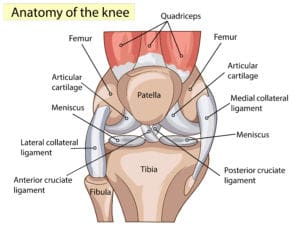
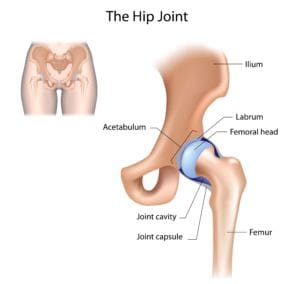
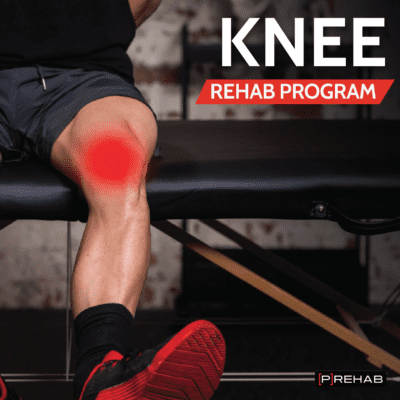
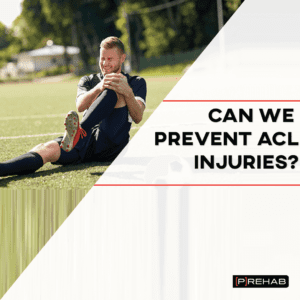
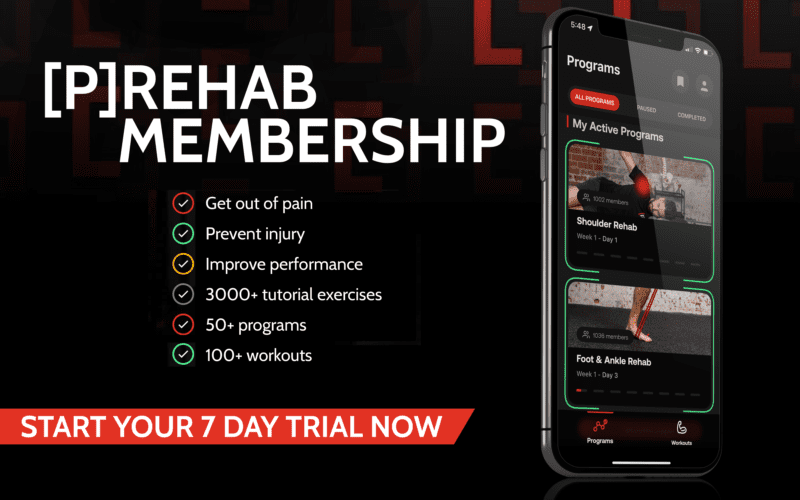
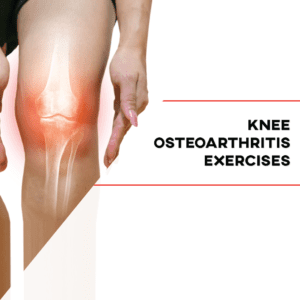
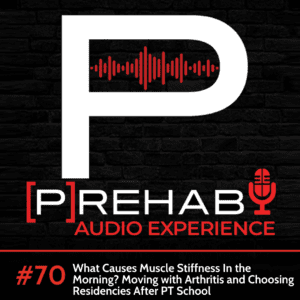
 Tommy Mandala is a Doctor of Physical Therapy, Board Certified Clinical Specialist in Sports & Orthopedics, and Certified Strength and Conditioning Specialist in New York City. He is the founder of ALL IN ACL, a digital coaching platform dedicated exclusively to helping ACLers return to the life they had before their injury with full confidence in their knee. Prior to that, he worked in the sports clinic at Hospital for Special Surgery, the #1 Orthopedic Hospital in the country. While there, he had the opportunity to hone his skills as an ACL specialist working closely with world renowned surgeons and evaluating patients from all over the world. He completed his sports residency training at the University of Delaware where he had opportunities to work with many of their Division I sports teams as well as the Philadelphia 76’ers NBA G-league affiliate, the Delaware Blue Coats. He also trained at Champion Sports Medicine in Birmingham, Alabama where he had the opportunity to learn from researchers in the American Sports Medicine Institute. Currently, Tommy works exclusively with ACLers through his digital coaching model. While many of these clients are athletes, Tommy works with ACLers of all different abilities helping them to build the strength they need to overcome this unique injury. One of his favorite aspects of his job is taking active clients who have never been a “gym person” before and showing them the amazing things that happen when they learn to strength train.
Tommy Mandala is a Doctor of Physical Therapy, Board Certified Clinical Specialist in Sports & Orthopedics, and Certified Strength and Conditioning Specialist in New York City. He is the founder of ALL IN ACL, a digital coaching platform dedicated exclusively to helping ACLers return to the life they had before their injury with full confidence in their knee. Prior to that, he worked in the sports clinic at Hospital for Special Surgery, the #1 Orthopedic Hospital in the country. While there, he had the opportunity to hone his skills as an ACL specialist working closely with world renowned surgeons and evaluating patients from all over the world. He completed his sports residency training at the University of Delaware where he had opportunities to work with many of their Division I sports teams as well as the Philadelphia 76’ers NBA G-league affiliate, the Delaware Blue Coats. He also trained at Champion Sports Medicine in Birmingham, Alabama where he had the opportunity to learn from researchers in the American Sports Medicine Institute. Currently, Tommy works exclusively with ACLers through his digital coaching model. While many of these clients are athletes, Tommy works with ACLers of all different abilities helping them to build the strength they need to overcome this unique injury. One of his favorite aspects of his job is taking active clients who have never been a “gym person” before and showing them the amazing things that happen when they learn to strength train.